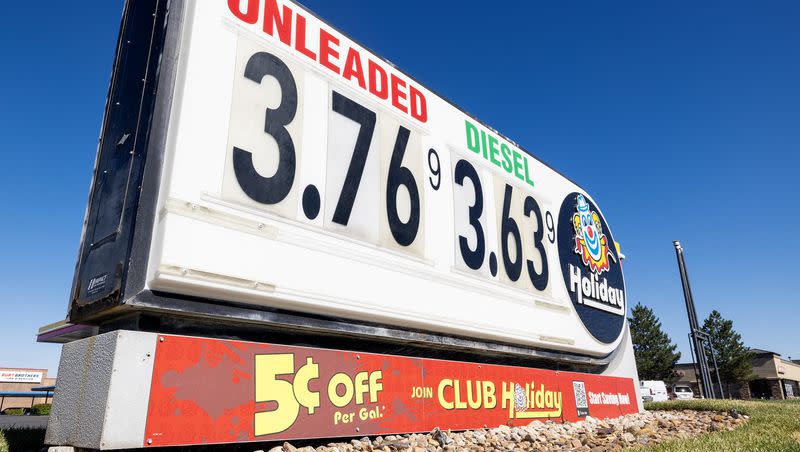U.S. inflation chills to 3% in June, but is it enough to freeze another Fed rate hike?

U.S. inflation dropped to its lowest rate in over two years in June, with the average prices on goods and services up by 3% over the last 12 months, according to a new Labor Department report.
The Consumer Price Index rose .2% in June, mostly driven by increases in the average cost of shelter, which is up 7.8% in the last year. Last month, overall inflation hit its lowest annual rate since March 2021 and has been on a steady decline after hitting a 40-year-high of 9.1% in June 2022.
Core inflation, which strips out volatile food and energy prices, came in at an annual rate of 4.8% in June and is up .2% on a monthly basis. The metric is one closely watched by the Federal Reserve.
Grocery prices were up 4.7% in June from this time last year and food at restaurants was 7.7% more expensive while overall energy costs fell by 16.7%. The average cost of a new vehicle in the U.S. was up by 4.1% in June but used car prices dropped 5.2% over the last 12 months.
Related
Inflation report reveals prices are still higher than normal but still trending down
Fed hikes rates again, believes U.S. banking sector is ‘sound’
Utah is among Mountain West states that have experienced some of the highest inflation rates in the nation and that continued in June, with overall annual inflation coming in at 3.7%, second only to South Atlantic states that had a year-over-year rate of 3.8%.
While the continued decline in overall inflation is a positive metric, core inflation is still running well north of the Federal Reserve’s target rate of 2%. The monetary body is set to meet later this month and is widely expected to assess another hike to its benchmark lending rate after taking a pause on interest rate adjustments following its June meeting.
Before the June pause, the Federal Reserve’s Federal Open Market Committee had assessed 10 consecutive hikes to its federal funds rate, raising the interest some 500 basis points from the near zero mark it was at in March 2022.
Interest rate adjustments are the Fed’s primary weapon in an ongoing battle against the elevated prices of consumer goods and services and represents the monetary body’s most aggressive series of increases in decades.
The rate hikes aim to raise the cost of debt for businesses and consumers, which should, theoretically, reduce the amount of spending and overall economic activity, a shift in dynamics that typically brings inflation rates down.
“There has been significant progress made on the inflation front, and today’s report confirmed that while most of the country is dealing with hotter temperatures outside, inflation is finally cooling,” George Mateyo, chief investment officer at Key Private Bank, told CNBC. “The Fed will embrace this report as validation that their policies are having the desired effect — inflation has fallen while growth has not yet stalled.”
But, given core inflation’s elevated rate, and a recent U.S. jobs report that reflects a labor sector and wage growth that are contributing to price increases, Mateyo said the report is unlikely to stop the central bank from raising rates again later this month.

